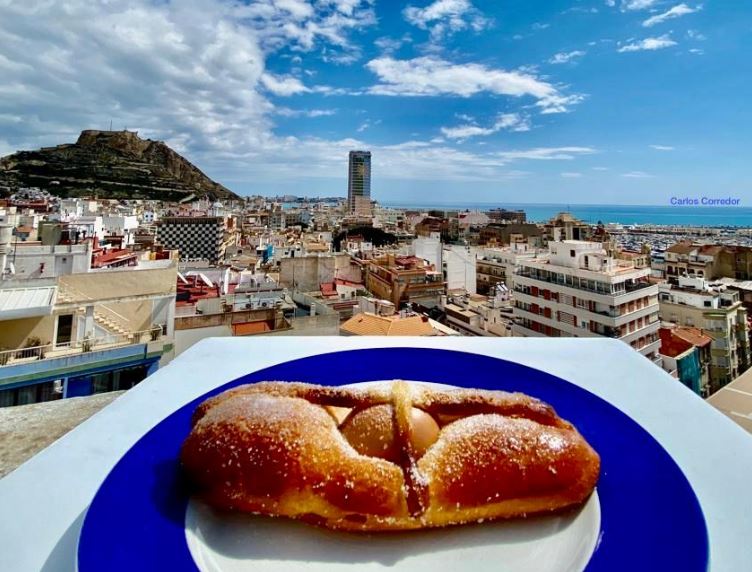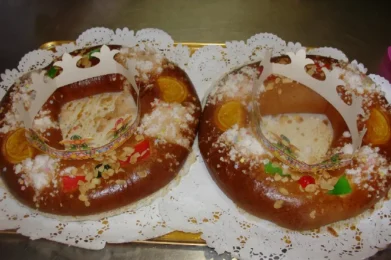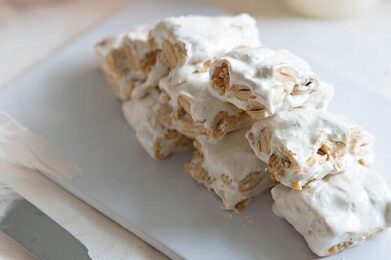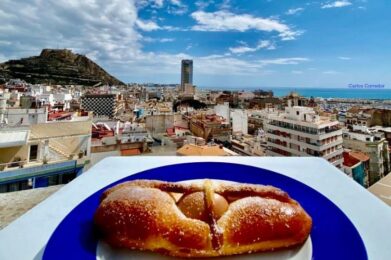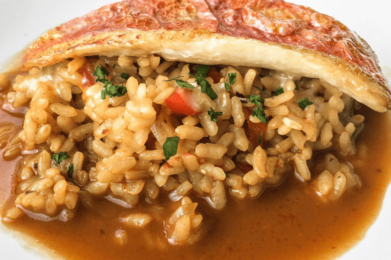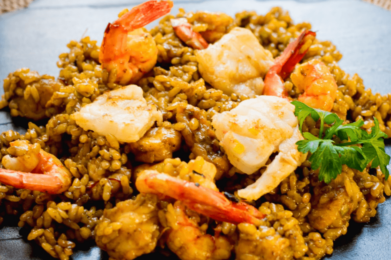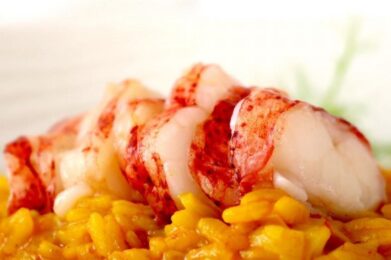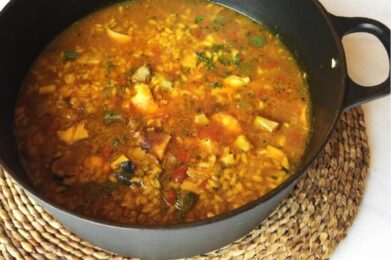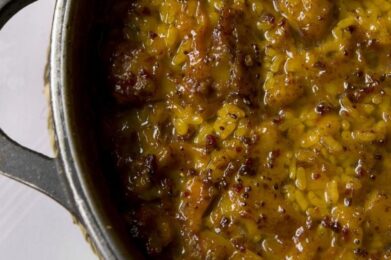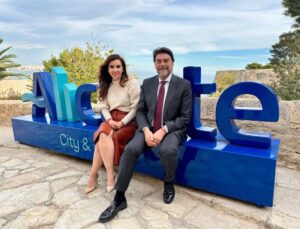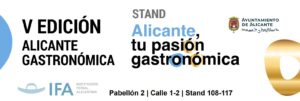Every celebration comes with its own special cuisine, unique dishes prepared for the occasion that delight even the most demanding palates. After Holy Week, on Easter Sunday, tradition reigns supreme in Alicante. Families gather to enjoy this sweet treat, which takes pride of place in the displays of every bakery and pastry shop in the region. Whether at the beach, in the mountains, or in the countryside, it’s customary to head outdoors for a picnic, always accompanied by a bar of chocolate.
Orange blossom water, lemon, sugar, eggs, flour… these are some of the ingredients used to make this delicious treat, crowned with a hard-boiled egg in the center. Tradition dictates that the egg is playfully cracked on the forehead of a family member or friend when they least expect it.
While in Alicante these treats are typically elongated in shape, you can also find round ones. In recent years, creative shapes like lizards, with hard-boiled eggs placed in their mouths, have become popular.
There are Easter cake contests and bakeries strive to be the winners. In addition to their good taste, originality is also rewarded.


